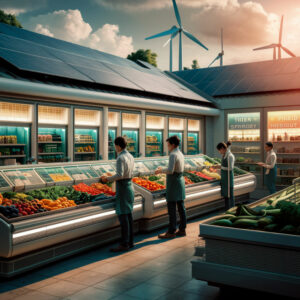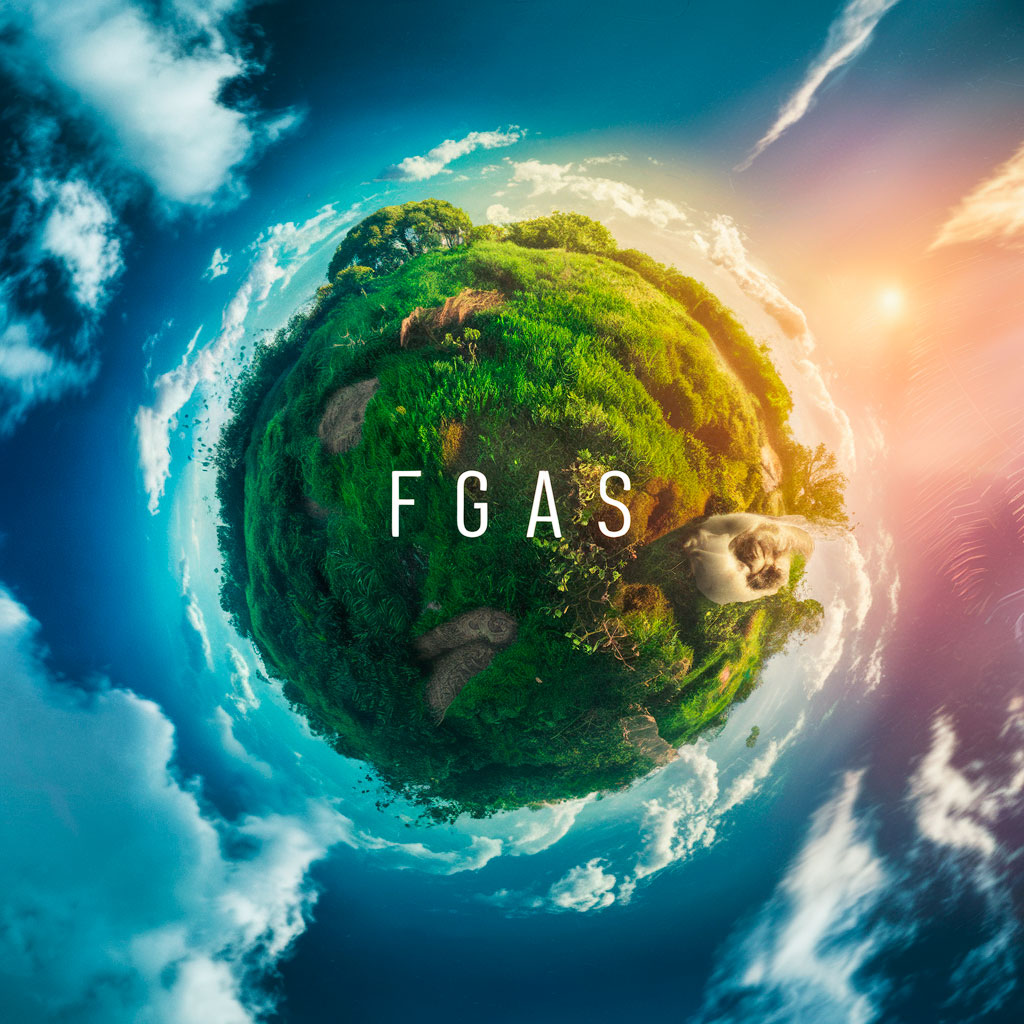5 Key Points of the New FGAS Law
These points summarize the most relevant aspects of Regulation (EU) 2024/573 concerning new regulations on fluorinated greenhouse gases, their impact on specific sectors like supermarkets, and their overall contribution to protecting the environment and fighting climate change.
- Emission Reduction: The new law mandates a significant reduction in the use of fluorinated greenhouse gases, which are potent greenhouse gases. It aims for a reduction of up to 90% of these gas emissions by 2050 compared to 2015 levels.
- Use Restrictions: It imposes restrictions on the production, import, export, and use of certain fluorinated gases, promoting the use of less harmful alternatives for the environment.
- Certification and Training: It sets requirements for certification and training in the safe handling of fluorinated greenhouse gases and their alternatives, ensuring they are managed in a way that minimizes leaks and emissions.
- Leak Control and Recovery: Provisions are introduced for the recovery of gases to prevent leaks, as well as for the recycling, regeneration, and destruction of these gases, aiming to further reduce emissions.
- Market Quotas: A quota system is implemented to limit the amount of fluorinated gases that can be produced and imported into the EU, thus encouraging the transition to sustainable alternatives.
Impact on Supermarkets
Supermarkets and the retail sector, which commonly use refrigeration systems dependent on fluorinated gases, will be forced to adopt alternative and more eco-friendly refrigeration technologies to comply with the new restrictions and avoid high greenhouse gas emissions. This may involve significant investments in new refrigeration systems and staff training to handle the new technologies.

Preferable and Recommended Options
The best option will always depend on various premises, such as the supermarket’s geographical location, sales area, type of equipment, investment preferences, energy consumption, or simplicity. These variables will ensure that the final choice and recommendation are always tailored to each store.
Without considering these premises, the top 3 preferable and recommended options are:
- Solution with fluorinated refrigerants with GWP<2500 (R-448A, 449A, 410A…)
Currently, regardless of all conditions, one of the most cost-effective solutions in terms of investment and lifecycle cost. It has an expiration date, 2030. These refrigerants are expensive and require tax payments. Normally, as this option becomes less chosen and volume decreases, the price tends to increase.
- CO2 Solution
Also, today, regardless of all conditions, one of the most cost-effective solutions in lifecycle cost. The installation price will be higher, but it is the most efficient or one of the most efficient in energy consumption. It does not have an expiration date. It is an economical, natural, non-polluting refrigerant that does not require tax payments. Normally, as this option becomes more chosen and volume increases, the price tends to decrease. More options will be added to improve efficiency and reduce costs. Currently, it is the recommended option for new installations.
- Semi-integral R-290 solutions air-condensed
Today, regardless of all conditions, one of the most cost-effective solutions both in initial investment and in lifecycle cost. However, it is not the most efficient in terms of energy consumption. It does not have an expiration date. It is an economical, natural, non-polluting refrigerant without taxes. The installation format is simple and can be directly managed by local installation companies. The limitations will be marked by the supermarket’s geographical location. It will contribute a certain level of noise in the sales room, which should not be a problem, and heat, which can be a problem in temperate climate zones. Currently, it is the recommended option for new installations of small and medium-sized stores where the ambient temperature is not high.
Other Options
- Water Loop Solution
Its main advantage is that it does not add heat to the premises. Additionally, with small R-290 units, the contributed noise level is low and bearable. However, it is not the most economical or efficient option. There will always be some stores where, if only to try the solution, it will be applied.
- Glycol Water Solution
Its best feature is the stability of product temperature and consequently the improvement in food preservation. Although it is not among the most affordable or efficient alternatives, there are brands that positively value the improvements in product preservation.
- Integral Cabinet Solution
Its main characteristic is flexibility. It is very simple to vary, move, change, transfer… supermarket formats. In transfers, nothing of the initial investment is lost. It is very useful in small areas and adds flexibility in medium and large ones. It will always be an option, even if it is a minority in the number of cabinets in the store.
Impact on the Planet
The new law has a potentially positive impact on the planet by significantly reducing emissions of fluorinated greenhouse gases, known for their high global warming potential. By limiting the use of these gases and promoting more eco-friendly alternatives, the law contributes to global efforts to combat climate change, supporting the goals of the Paris Agreement and working towards Europe’s climate neutrality by 2050.

Is It Enough?
Reducing emissions of fluorinated gases through regulations like Commission Implementing Decision (EU) 2024/586 is a significant step toward mitigating climate change. These gases have a significantly high global warming potential. By limiting their use and improving the management of their emissions, it contributes to reducing the global environmental impact and supports meeting the goals of the Paris Agreement to limit the global temperature increase.
However, the total effectiveness of these measures will depend on effective implementation and the development of sustainable alternatives. Innovation and collaborative development will pave the sustainable path, the solution for future generations to make their own decisions.





